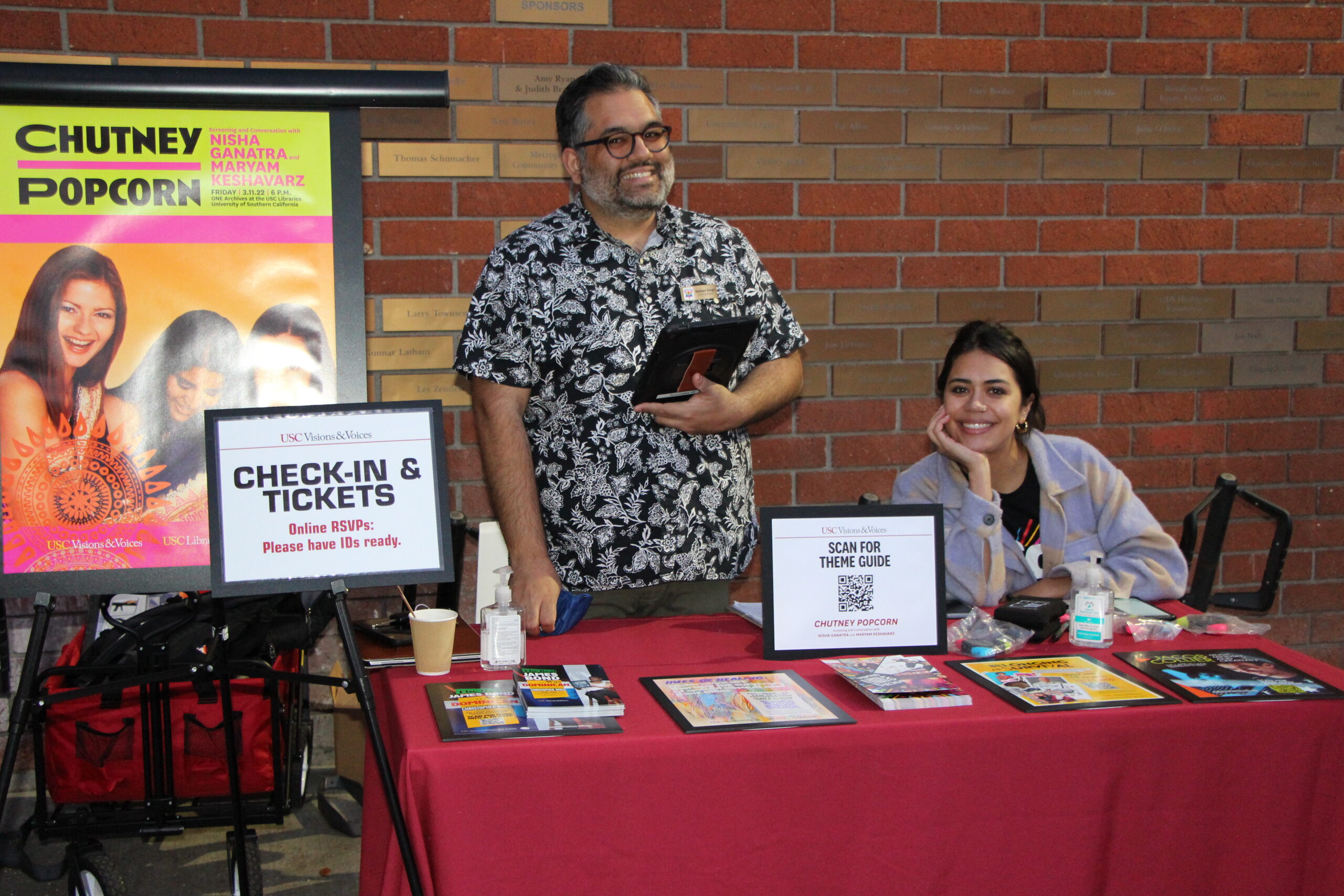BY Chandrea Miller
It is a Friday night on a warm spring evening in South Los Angeles and nearly 100 USC students and members of the Trojan community are lining up on West Adams Boulevard for movie tickets.
The film Chutney Popcorn is the main attraction, screening at ONE Archives at the USC Libraries.
USC Junior Atharva Tewari is one of many students waiting in line.
“It was wonderful to see USC support an event that depicted, embraced, and celebrated the lives and narratives of a community of people that aren’t often centered or talked about,” Tewari said. “None of us had even heard about Chutney Popcorn before, and it was almost unbelievable that movies depicting the lives of Queer South-Asian-Americans exist.”
Following the film screening, there was a panel discussion with the film’s writer and director Nisha Ganatra and fellow filmmaker Maryam Keshavarz.
“Two powerful queer filmmakers who were able to talk about early filmmaking and what it means to make queer films,” said Alexis Bard Johnson, Curator, ONE Archives at the USC Libraries. “They told USC’s young queer filmmakers to tell stories that are close to their own personal lives—be authentic as possible.”

Chutney Popcorn was released at the Outfest Los Angeles LGBTQ Film Festival in 1999, but the story remains timeless.
“The story is still very relevant today,” Johnson said. “It is a South Asian film about a lesbian couple, dealing with family, childbearing, all sorts of current issues.”
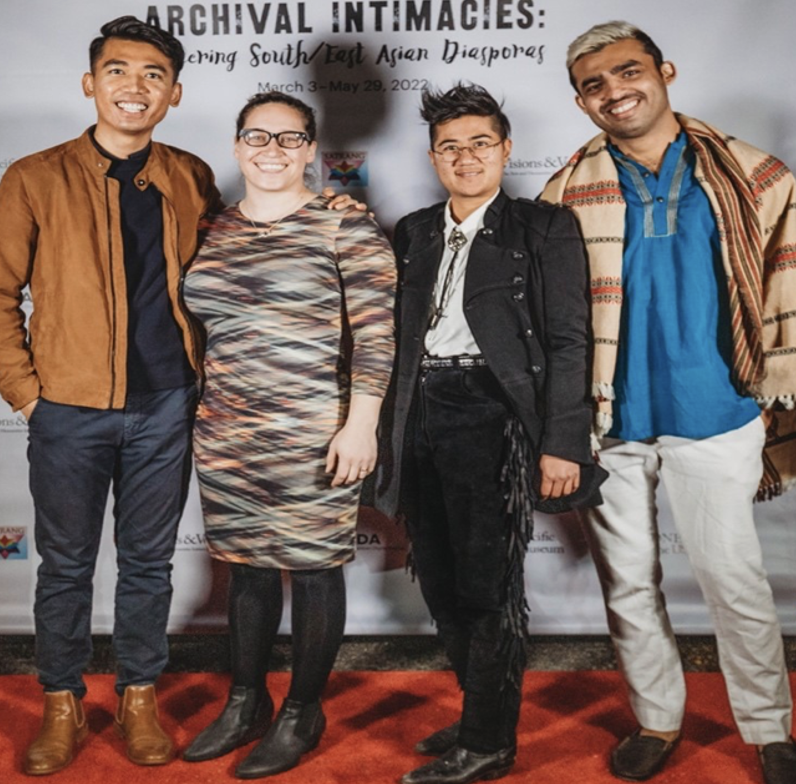
The movie screening was just one of the many events borne out of the overarching exhibition Archival Intimacies: Queering South/East Asian Diasporas presented by ONE Archives at the USC Libraries, USC Visions and Voices, USC Pacific Asia Museum, South Asian American Digital Archive (SAADA), and Satrang that is currently on exhibit at both ONE Archives and USC Pacific Asia Museum.
The dual display features artwork from Los Angeles-based artists Prima Jalichandra-Sakuntabhai and Vinhay Keo. Their artwork investigates the remnants of embodied history, migration, exile, and queerness from family narratives and stories of immigration from Thailand and Cambodia. Both artists aim to challenge and extend ideas around borders and boundaries, notions of queerness, transnationalism, and diaspora.
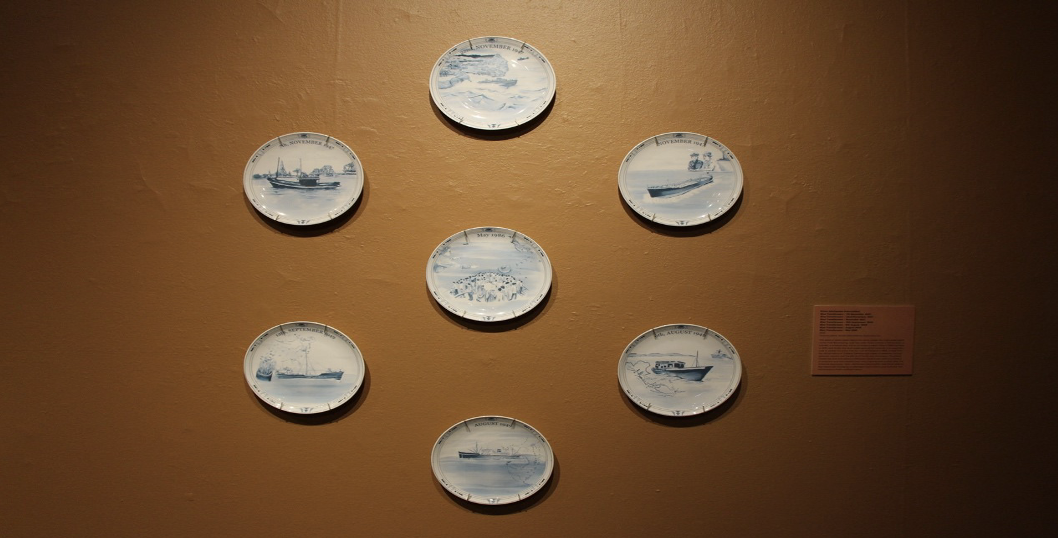
Co-curator on the project, Aziz Sohail, said that while the exhibit focuses on South and East Asian LGBTQ communities, the show was curated to be intentionally inclusive.
“These are safe spaces,” Aziz said. “Everyone is welcome at the exhibitions and the entire LGBTQ+ community should feel included in some way.”
At ONE Archives, artists-in-residence, Prima Jalichandra-Sakuntabhai, Vinhay Keo, and, a third virtual artist-in-residence based in Toronto, Pamila Matharu were all invited to develop new artwork in conjunction with the existing archives. In addition to the new artwork is the exhibition Satrang at 25: Queer South Asian Diaspora(s) in Context. This exhibition examines the history of Satrang, which is an organization that serves the South Asian LGBTQ community in Southern California by promoting awareness, acceptance, and empowerment through social, educational, and advocacy-related events.
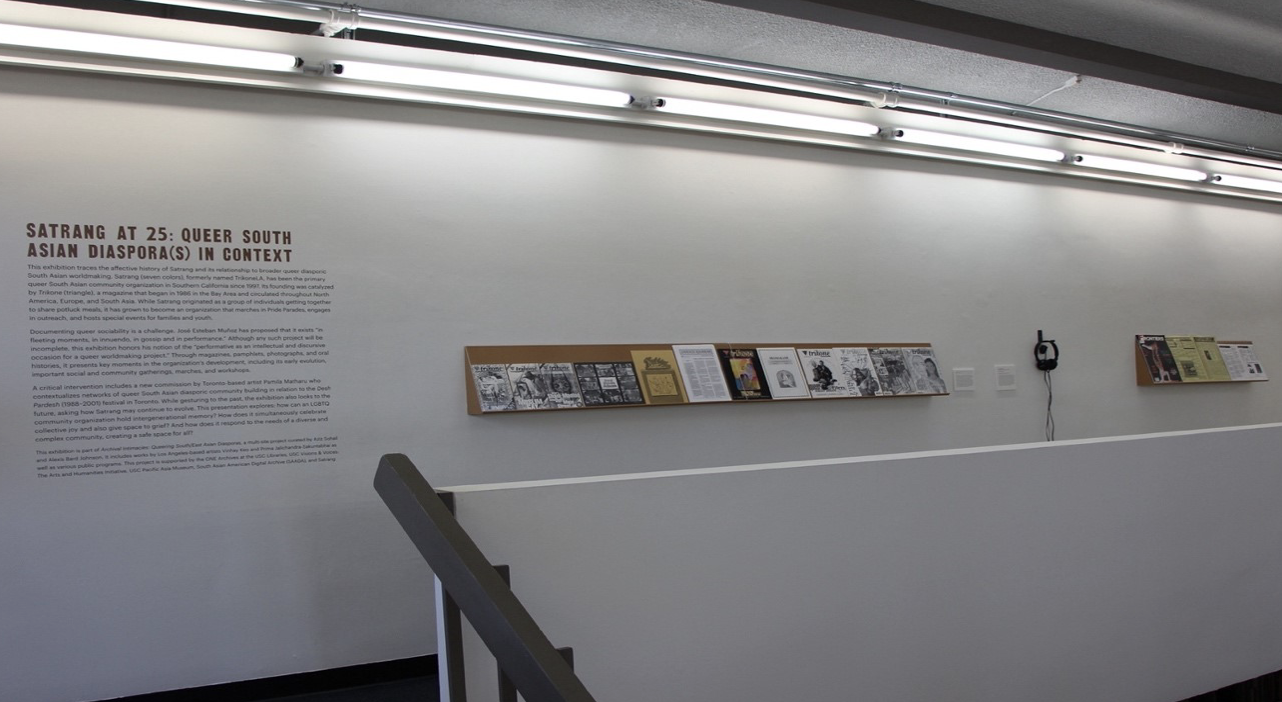
Satrang community member Supriya Bharadwaj attended the movie screening and art exhibition.
“The Satrang community is a love story to me and a lot of us,” Bharadwaj said. “And in this love story, we have found friends for life, family and chosen family.”
Johnson is quick to point out that while the Satrang organization is celebrating 25 years, the community has likely been in existence for much longer.
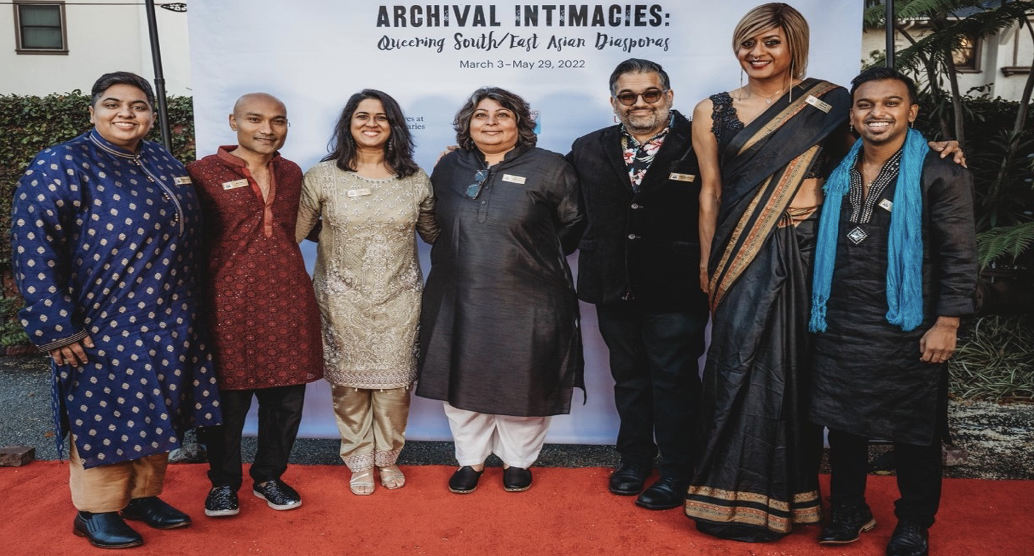
“Thinking about where history resides–if it’s not in an Archive, it’s not to say it didn’t exist,” Johnson said. “In fact, the exhibition is a way to expand the canon and we are hoping to add to our archives. We want people to know that stuff they have in their garage and in their basement is valuable not just to themself, but to the larger community who wants to know about it, share it, and care for it.”
Next month, there are two final events paired with the multi-site art exhibition: Tracing the Geographies of Queer South Asian Diaspora (May 12) and Archival Intimacies: Night of Music and Poetry (May 14).
Bharadwaj said the events and exhibits at ONE and PAM are not to be missed by the LBGTQ+ or Satrang communities, not to mention the residents of Los Angeles who care deeply about the city and its history.
“It’s a personal journey of how we started, how we evolved and where we are today,” Bharadwaj said. “We started in small rooms, found a political voice, participated in Pride and now we are celebrating 25 years of Satrang.”
ONE Archives curator, Alexis Bard Johnson, said it was heartening to engage with USC students from the South Asian LGBTQ community who came for the movie, but stayed for the connection.
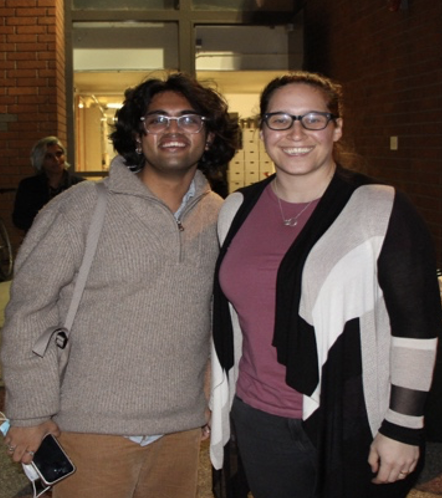
Students like Tewari.
“Meeting the folks from Satrang, who are living their best queer lives while being in touch with their roots, culture and traditions provided a road map for many of us,” Tewari said. “It makes you feel like you are not alone in this struggle, and there are people out there who have refused to indulge in this false binary choice and have created their own community to successfully engender a sense of belonging.”
For more information on the upcoming events, visit the ONE Archives website at https://one.usc.edu/programs.
